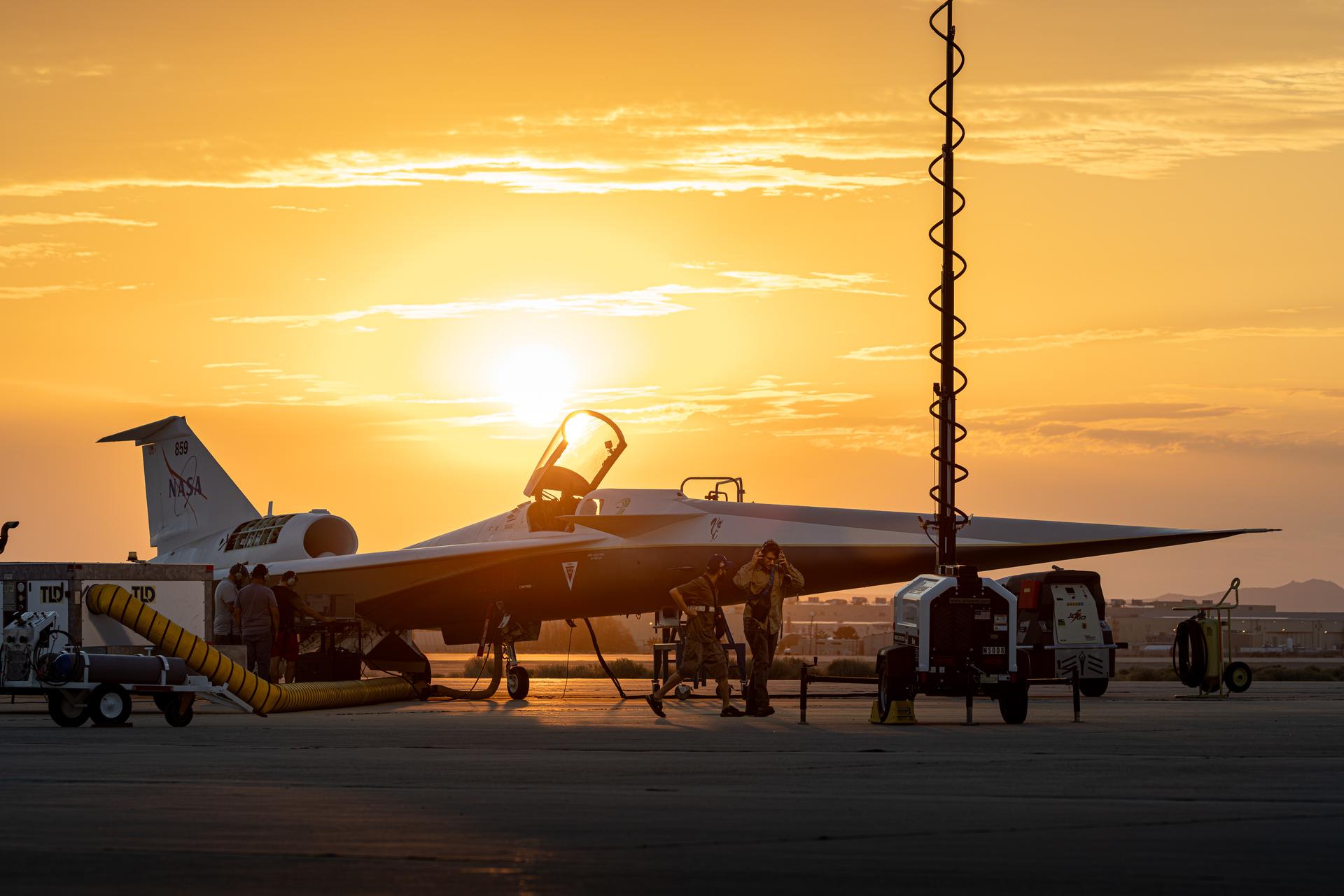NASA’s X-59 quiet supersonic research aircraft is poised to make its historic first flight later this year. The aircraft recently underwent ground tests at Lockheed Martin’s Skunk Works facility in Palmdale, California, on July 18, 2025. This flight marks a significant milestone in NASA’s Quesst mission, which aims to demonstrate quiet supersonic flight by minimizing the sonic boom to a softer “thump.”
Final preparations are underway as the X-59 team completes essential ground tests. Following successful low-speed taxi tests, the aircraft is set to undergo medium- and high-speed taxi tests. These tests are critical for evaluating the X-59’s handling at increased ground speeds, including performance metrics such as braking, steering, and stability. Additionally, the effectiveness of the aircraft’s visibility systems will be assessed, particularly since the cockpit lacks a forward-facing window.
The upcoming initial flight will serve as the first phase of extensive flight testing. It aims to confirm the aircraft’s airworthiness and safety, with the X-59 expected to reach speeds of approximately 240 mph at an altitude of about 12,000 feet. The flight, lasting roughly one hour, will take off from Palmdale and land at NASA’s Armstrong Flight Research Center in Edwards, California.
During this flight, the X-59 team will evaluate several critical systems, including engine performance, stabilization, instrumentation, autopilot, control systems, and air data performance. These assessments are crucial for ensuring that the aircraft is prepared for subsequent flight tests, which will involve flying at higher speeds and altitudes to further evaluate its performance and safety.
The X-59 is central to NASA’s Quesst mission, aiming to demonstrate the feasibility of quieter supersonic flight. Proving the airworthiness of this experimental aircraft is the first step toward gathering data that will support the mission’s objectives. The flight data generated will be instrumental for U.S. and international regulators as they consider new noise standards for supersonic commercial flights over land.
As the X-59 prepares for its first flight, it stands as a testament to the legacy of aviation pioneers. NASA test pilot Nils Larson recently conducted ground tests, further solidifying the aircraft’s readiness for this groundbreaking endeavor. The successful completion of these tests and the upcoming flight are pivotal steps in advancing the future of air travel and redefining the possibilities of supersonic aviation.
As excitement builds, the X-59 represents not only a technological achievement but also a commitment to innovation in the aerospace sector. The data collected during the X-59’s flights could pave the way for quieter commercial flights, potentially transforming how we think about air travel.
